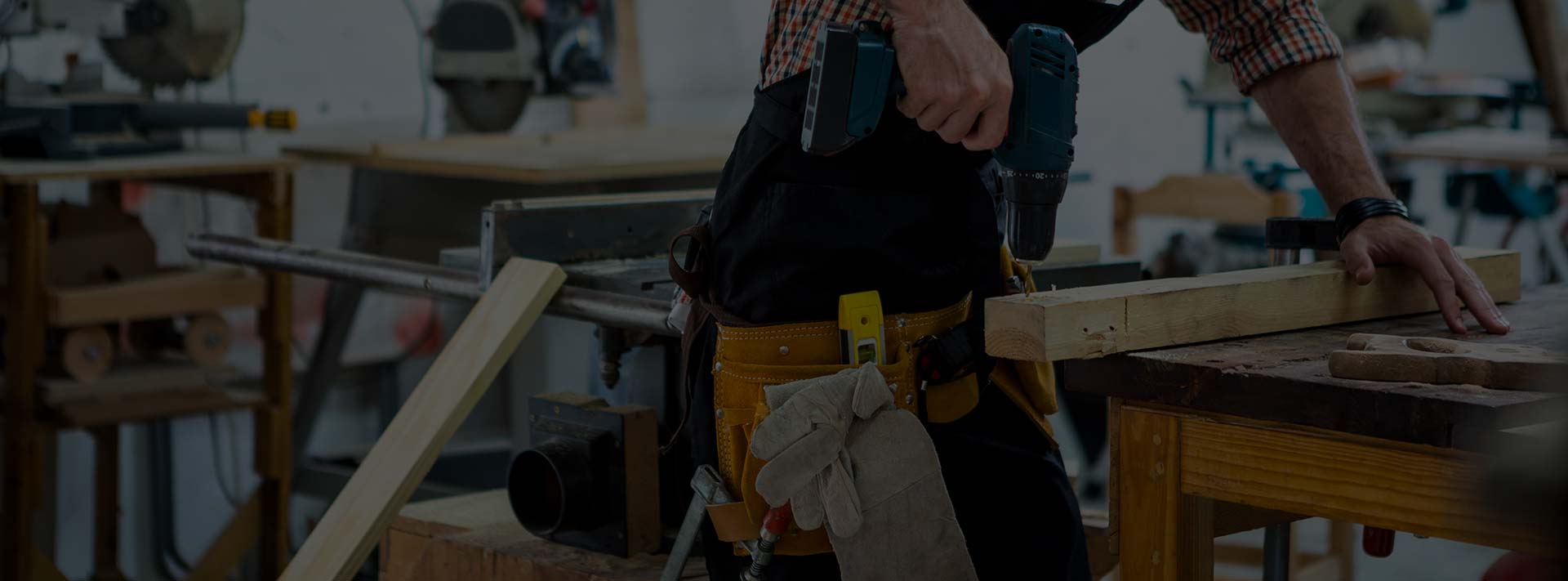14 Jan Should Butterfly Valves Be the Control Valves in Your Process?
Butterfly valves and control valves are two types of valves both commonly used in various processing applications. They both deal with the control of flow in a process, but the terms aren’t synonymous. If you’re wondering if butterfly valves are excellent replacements for the control valves you have, then keep reading.
What is a Control Valve?
A control valve, also known as a control nozzle, is a type of valve that is used across several industries to control the flow of materials based on instructional inputs on a controller. Control valves can also change the size of the passageway through which fluids or gasses process through a system. In effect, they help control pressure levels and regulate amounts of materials. Oil and gas processing are common applications where flow and pressure must be accurately monitored, and butterfly valves are best for the job.
What are Butterfly Valves?
A butterfly valve is a type of valve which functions differently from ball valves and other valve types commonly used in processing in ways that make it more durable and better for sealing. A butterfly valve contains a disk that spins to open and close, and it’s able to be done with a quick, low-torque rotation of 90 degrees.
Triple offset butterfly valves are one type of butterfly valve that can handle extremely high and low temperatures, vast levels of pressure and withstand reactive chemicals without eroding. Specific qualities like these are what make butterfly valves one of the most common types of valves used in high-risk or potentially hazardous applications such as energy generation and petroleum processing, where one leak could spell disaster for the environment and personnel safety.
Can Butterfly Valves Be Used as Control Valves?
Plants that process fluids inevitably also require the benefits of control valves, which can digitally and accurately alter the size of a process’s flow. And, vice versa, most of the processes requiring control valves can also benefit from butterfly valves.
With so much crossover between the two valve types, you may wonder whether they’re interchangeable with each other.
Indeed, butterfly valves are a type of control valve because they deal with controlling and regulating the flow of materials in a process. Butterfly valves are not just interchangeable with virtually any other kind of control valve above 2.0” or 50 mm, but actually, they’re typically the best type to go with if you are looking at an application that does not require precise control and will be working in the 20-80% Cv of the butterfly valve. In these ranges , the butterfly valve has a “installed” flow characteristic that is almost linear.
Why Use Butterfly Valves in Your Application?
Choosing butterfly valves over any other type of control valves, such as ball valves, pinch valves, angle body valves, globe valves, angle seat piston valves, and angle body valves, has several benefits.
1. Safety-Certified with a SIL-3 Rating
Value Valves makes butterfly valves that are rated SIL-3 out of SIL-4, making it the best option for balancing safety and reliability with cost-effectiveness for your business.
2. Made with Long-Lasting, Low-Maintenance Metal
The materials used to make butterfly valves can withstand extreme pressure and temperatures as low as -320 degrees F, as well as heat and fire up to 1,022 degrees F. They have a pressure rating of ANSI 50/300/600/900, making them safe and ideal for power plant systems.
3. Frictionless Closure
The third offset of the triple offset butterfly eliminates friction as the valve is adjusted to control flow. The valve disk seals better and doesn’t wear down because there’s no friction.
4. 100% Leak-Proof Seal
Triple offset butterfly valves provide the most reliable option for sealing, among all control valves. Value Valves offers triple offset butterfly valves featuring Stellite 21 + 316SS harden Disc Edge overlay, which increases the hardness of the sealing surface to ensure zero leakage.
5. Cost-Effective Option
Butterfly valves are made with durable materials and require minimal maintenance, making them a cost-effective type of control valve.
Applications for Using Butterfly Valves as Control Valves
Triple offset butterfly valves are the only control valve type resistant to virtually any material you could be processing, no matter the temperature, pressure, or chemicals involved. Therefore, they’re ideal control valves in applications like power generation, where energy is processed in plants. Butterfly valves should be considered a type of control valve used to process oil and petroleum. They’re made only with materials that resist corrosion, so they’re the safest and most cost-effective option for any application involving reactive chemicals.
Butterfly valves should also be used for controlling water treatment plants because they provide the best seal able to withstand water pressure.
Bottom Line: Can Butterfly Valves Replace Other Types of Control Valves?
In most applications, butterfly valves can replace other types of control valves, because they offer the same essential functions, but often with more safety features and better performance. Using butterfly valves in your application can minimize maintenance requirements, improve the accuracy of flow control, and reduce the risk of disasters like leaks.



No Comments